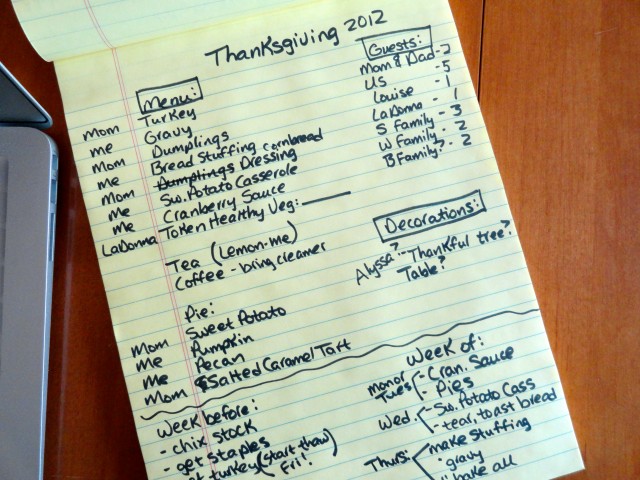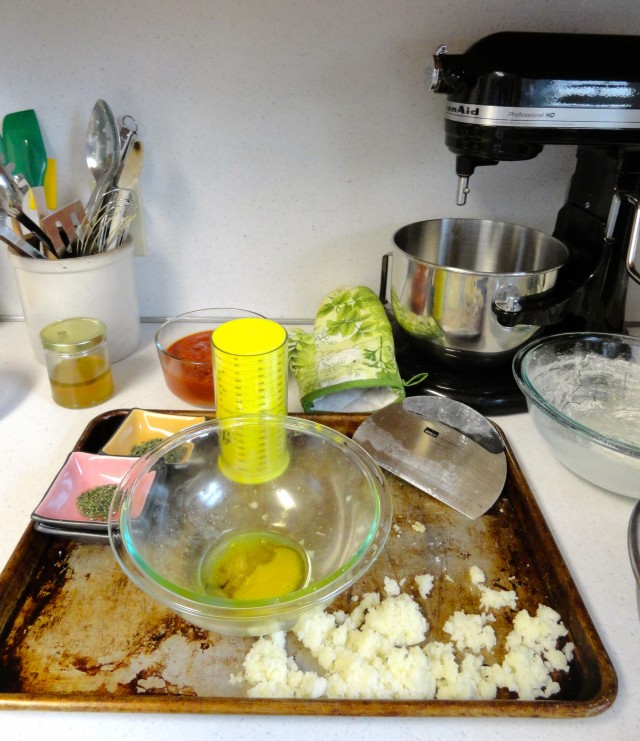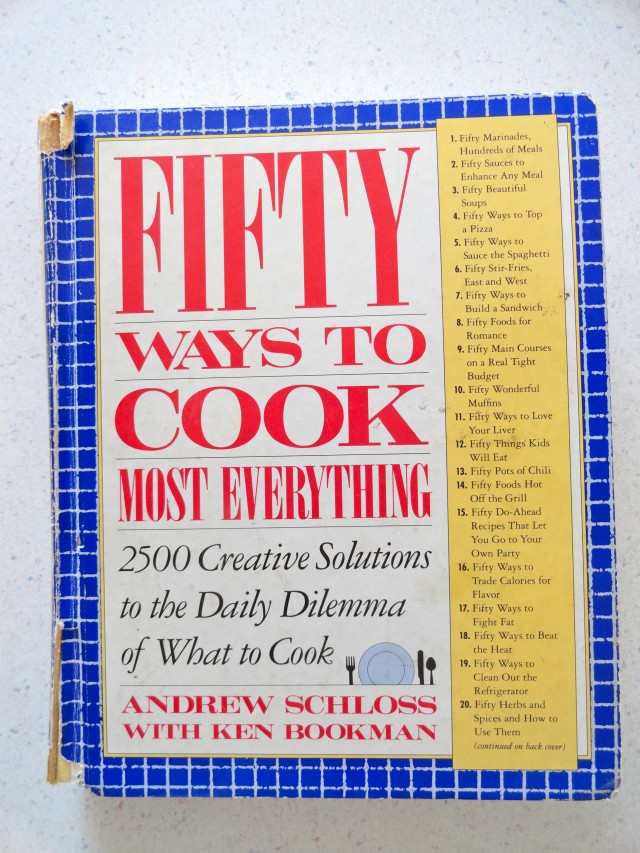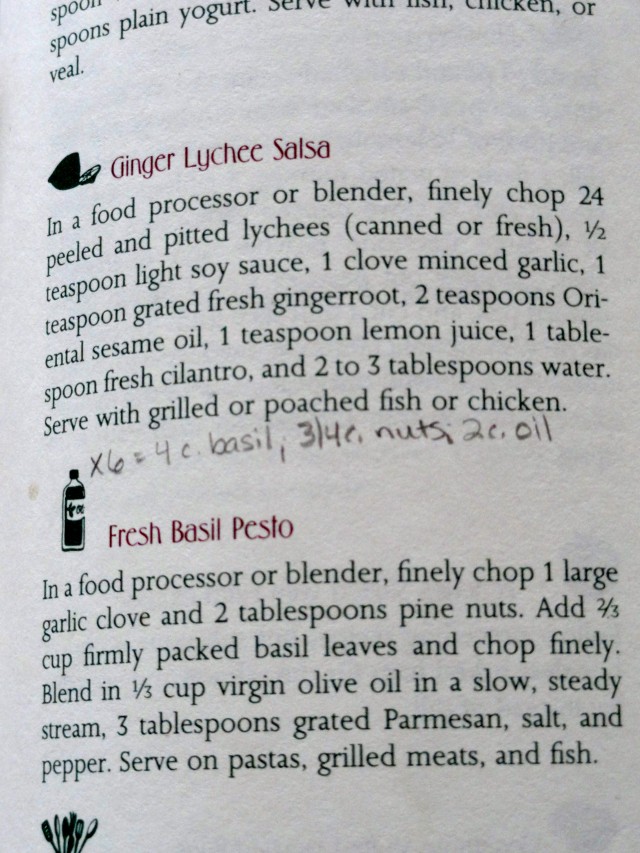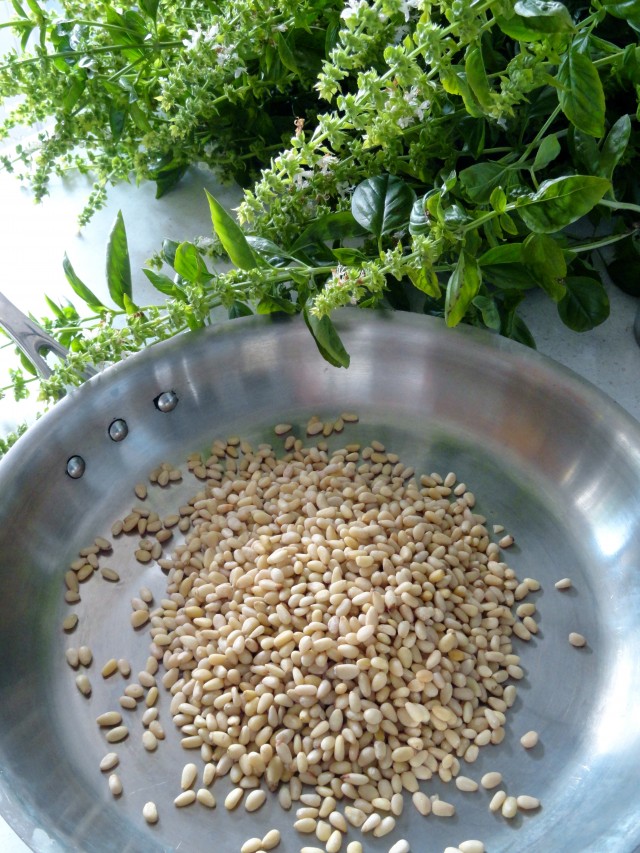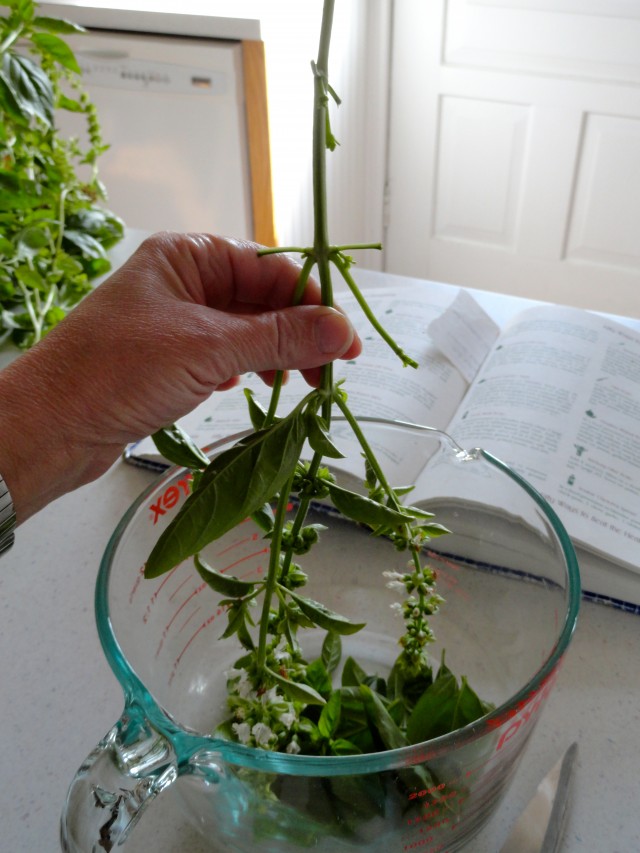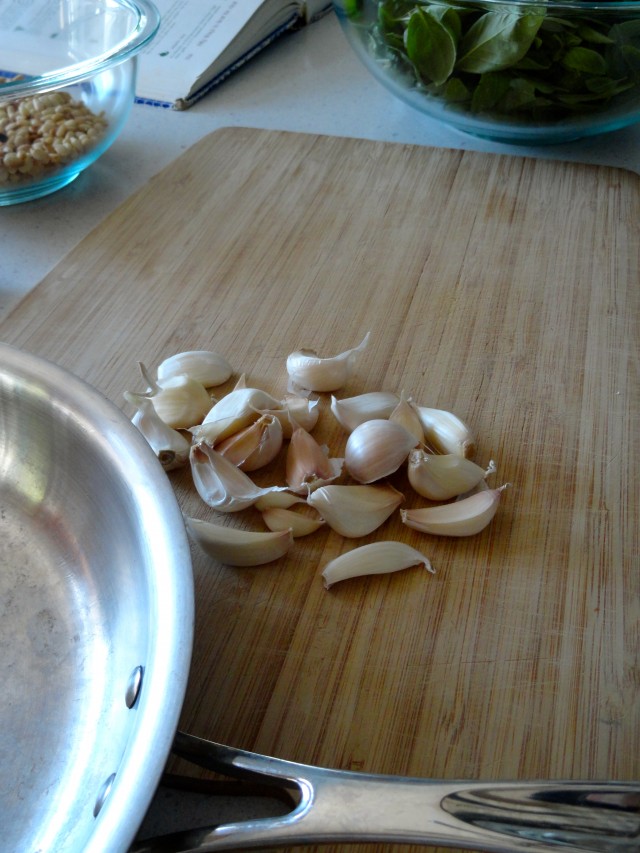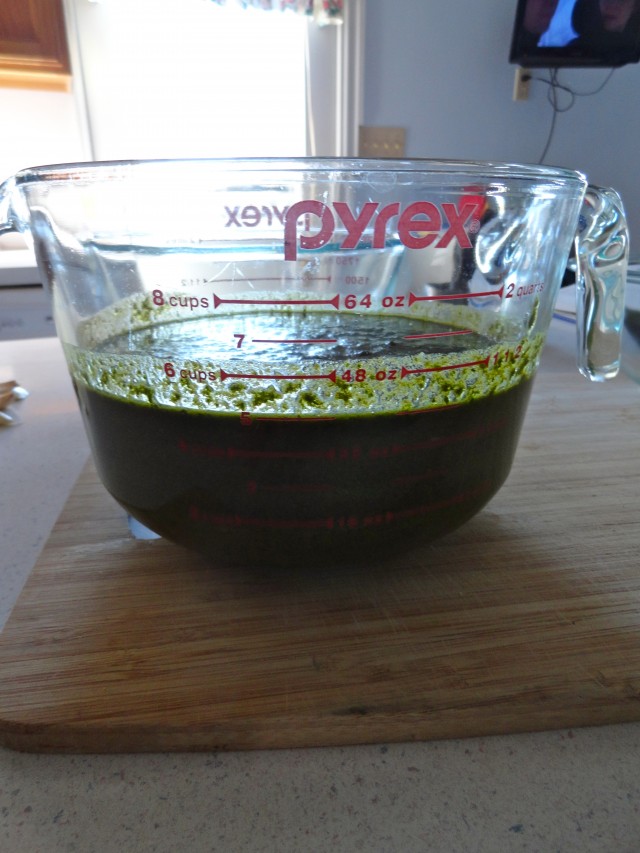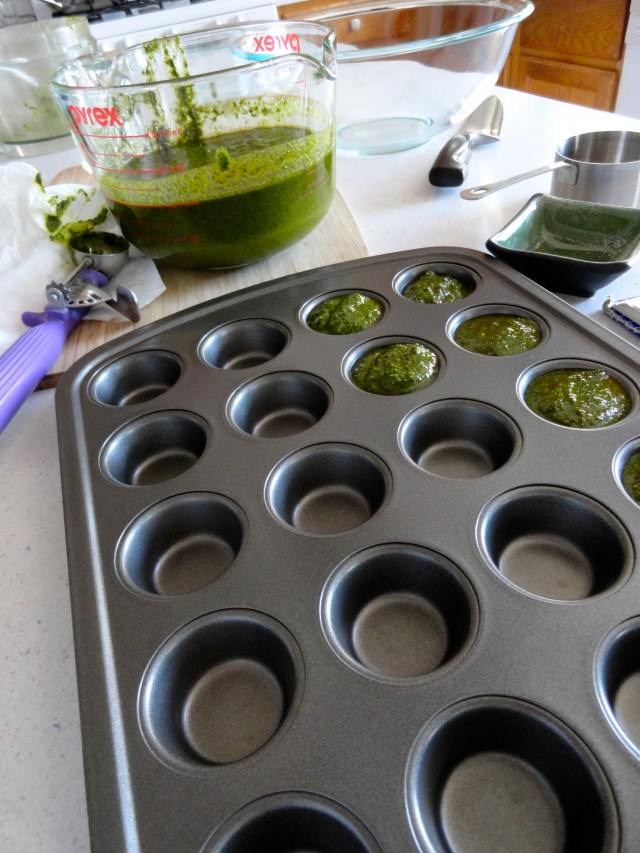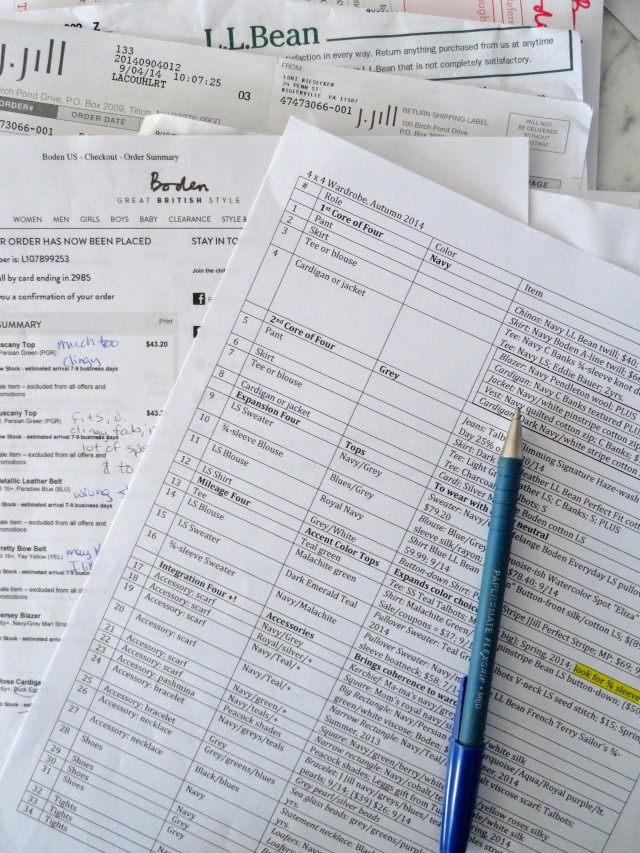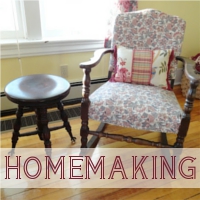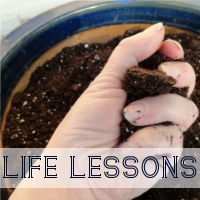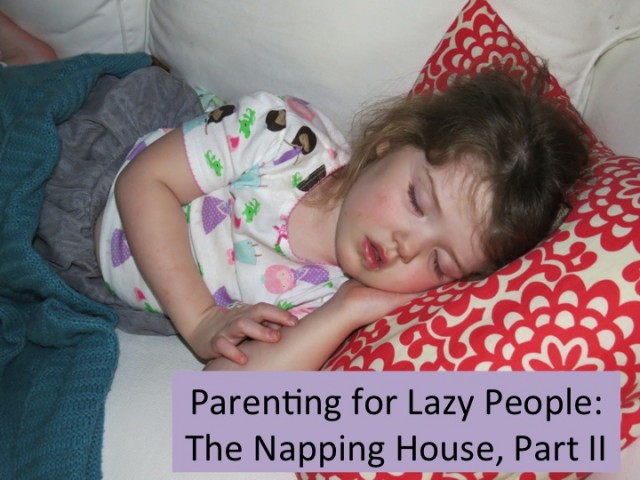
“The more they sleep, the more they sleep.” –a wise great-grandma I know; Photo credit: Lauren Bingham
Naps: bane or blessing? The thought of a regular time each day when our children sleep (and we can think our own thoughts and do things hard to accomplish with little children underfoot) can seem like an enticing but elusive dream. I wrote (a long, long time ago) about the why of napping here, but let’s have a brief recap:
Nappers are more content and better-behaved because they are rested.
That is the main point of my last post, but here is more: Even if you turn out to have a non-sleeper (and these are rarer than many moms think), there is value in the day-dreaming and, yes, boredom that comes to a resting child:
He learns to stop.
He learns to think his thoughts.
He has a built-in daily opportunity to practice obedience and self-control.
The Nitty Gritty of Napping — how-to:
Constancy and Consistency: If you want to have a Napping House, this phrase is a valuable mantra. (And it applies to most aspects of parenting — how convenient!) Nap time must become as much a normal part of the day as eating, dressing, and washing, and with rare exceptions it should come at a predictable time in the day. That does not necessarily mean the same time on the clock, but at the same point in the flow of the day, which leads us to the next point…
Rhythm + Rituals Rule! When I was in the trenches of parenting littles, I tried a little bit of everything when it comes to schedules. (I don’t really recommend doing that — it jerks the children around so much — but I suppose we are all guinea pigs to one degree or another while our parents figure things out.) What I found that worked vastly better than either a rigid schedule (“It’s 9:15, Darling. Time to change your diaper!”) or an anything-goes, children’s-whims-run-the-mom way (“It’s 6:15, I haven’t started dinner, but you want to play a game? Certainly, Darling!”) was to spend our days within a framework of certain routines which mostly centered around four points in the day: getting up/breakfast, lunch, dinner, and bedtime. Your routines will look different than mine, but what I mean here is deciding when certain daily activities will happen and then forming a habit so you don’t have to make those decisions all over again every single day. For us, that meant we all got dressed shortly after getting up and before breakfast. We made our beds and tidied our rooms before breakfast, too. Nap time, once the kids were past the multiple-sleeps-per-day stage, fit into the rhythm of our days this way:
Pick up toys —> Lunch —> Story —> Nap
See how we had a routine centered around a meal? Lunch might have come at 11:30 or noon or 1:00, but whenever it was, each activity segued into the next pretty effortlessly once we formed the habit and everyone knew what to expect. Further, we had a nap time ritual that I think helped, too. Each child old enough to care chose a book for me to read while I cleaned the kitchen after lunch. Everybody had a turn on the toilet or got his diaper changed. We snuggled on one person’s bed to read stories. After stories, everyone went to a separate sleeping spot. (See more below about that.) I closed the blinds as I talked softly with each child. I prayed briefly with each. I turned on the tape-of-choice from a small selection of sleep-time-approved story or song tapes. (Now I suppose this would be an ipod playlist or similar?) I said, “Sleep well,” as I went out of the room and closed the door. If I was teaching this routine, I might quietly go over the rules about staying on the bed until time to get up or whatever that child was still learning.
Doesn’t that sound perfectly wonderful? Now I had a couple of hours of no interruptions from little people! Break out the bon-bons! Turn on the grown-up movie! Take a nap! Make phone calls!
Wait, you say, you don’t understand my kid. There is no way he will stay on that bed. I’m gonna spend the whole nap time taking him back to bed, listening to him whine, and arguing with him. It’s just not worth the hassle.
I get it. Remember, I used to be a day care teacher, I’ve been a nanny in other people’s homes and in my own, and I raised three offspring unique in their own ways. Getting a child to nap is no different than getting them to do what’s best for them in any other way — you’ve got to train them.
Enforce Only What You Can Control: “But I have a kid who just won’t sleep!” Fine — don’t worry about that at all. You are not requiring your child to sleep. You are only training him to rest. You set up the framework — a time and a place he can count on each day when he will stop his usual activities, stay in one spot, and be quiet. Whether he sleeps or not is beyond your control and largely beyond his, but you have made it possible for him to sleep if his body needs sleep, and as the family’s new daily napping habit becomes entrenched you will probably find him sleeping more often than not.
So what is it you will train him to do at nap time?
Stay on his bed and stay quiet.
Just those two things, but they will keep you busy enough if naps are a new concept for your family! Our children napped in a crib when they were babies/toddlers, but when they graduated to a big bed we had several days of teaching them to stay on their beds at nap time and at bedtime. That’s perfectly normal and should not stop you from continuing to insist that they remain there when you’ve put them there — it’s just a part of what a growing child needs to learn. You need to figure out ahead of time what the consequence will be for disobedience. We chose to spank our children for getting out of bed for a non-emergency reason or for speaking above a whisper. When I was a daycare teacher, the consequence for not resting quietly at nap time was to have to stay right by me with nothing to play with during the outside play that came after nap time.
When you are training, remember to be calm, be quick, and be consistent. If your child comes wandering into the kitchen or if he whines or if you hear him out of bed and playing in his bedroom, go to him quickly and calmly state what he is doing that is disobedient. Tell him the consequence and carry it out. Return him to bed. Make it utterly counter-productive to disobey every single time, and I guarantee he will begin to cooperate. (We don’t have to mention that under ab-so-dee-lute-ly no circumstances should your child ever get what he wants when he has disobeyed, do we? I didn’t think so. ) Children aren’t stupid.
Ages and Stages: I am sharing what we did in our family. You may feel differently. That’s fine — we can still be friends.
Infants: I suppose I practiced a combo of scheduling and baby-led eating and sleeping in the first several months. I nursed when they were hungry and helped them sleep when they were sleepy, but I also kept an eye on the clock and tried to notice their patterns and nudge them toward some consistency. Some infants sleep a lot and some very little. Our three spanned the range. You can’t train them to simply rest at this stage, so you are only concerned about giving them the space and time to sleep when they want it.
Rock the baby to sleep or put him to bed sleepy-but-awake? I fear to tread here — I know some parents are passionate about this topic — but with our first we rocked her to sleep and became her rocking-chair-slaves. A three-week stay in a furnished apartment without a rocker gave us two nights of three hours each of jiggling a strung-out, squalling one-year-old until she finally exhausted herself to sleep in our arms. We decided to put her to bed and let her cry it out the third night. She cried (and I cried outside the door) for an hour. The next time she cried for five minutes. The next time she cried for less than 10 seconds. I do not believe we taught her to despair of her parents coming to her when she needed them; I believe we taught her to fall asleep without a long, drawn-out production that left all of us glassy-eyed. We went from an hour-plus going-to-sleep process even with a rocker to a story-prayer-sleep routine which resulted in a happier, better-rested child who was still just as cuddly and secure. With our next two, I nursed them before sleep — sitting up or lying in our bed — but we tried to put them down sleepy but still awake. #2 was super colicky and didn’t sleep well, but falling asleep was not a big problem for him. #3 was average — he sometimes fussed for a few minutes before falling asleep, but most of the time he was out quickly.
Older Babies/Toddlers: See above for going-to-sleep advice. At some point you notice that your baby who was napping pretty consistently about three times per day is now changing his pattern. The ages are different for each child, but most drop first their earlier morning nap and then their late afternoon nap until they are taking just one nap in the early afternoon. If I remember right, ours completed this process by the time they were about 18-24 months old. A friend gave me some good advice for helping them transition when they have stopped the morning nap and you want to work toward an early afternoon nap. When they start to get cranky because they are getting tired, take them outside for a stimulating walk or playtime. It will keep them awake and happily occupied for maybe a good half-hour or more. (Bundle up if necessary, but it’s good for everyone to get some fresh air unless the weather is really inclement.) When they start to get past the point of no return — obviously tired — whisk them back indoors, change that diaper, nurse if needed, and put them down. Keep doing that until you’ve eased them to a new nap time that works for everyone.
Pre-schoolers: These kiddos are in their prime napping years — they really thrive with a predictable nap time each day. In many ways, they need an official nap time much more than when they were younger — a baby or toddler will get the sleep they need one way or another. We’ve all seen littles of those ages just fall asleep right in the middle of whatever is going on. The preschooler, though, is more likely to stay awake if Mom and Dad don’t enforce a nap time, and he just gets tireder and tireder and crankier and crankier. By dinner time, nobody can stand him and he can’t stand himself, either.
Elementary Schoolers: One might think elementary children are beyond the need for naps, but I think there is a case to be made for continuing them if possible. My siblings and I went to public school, so my mother had us stop taking weekday naps during the summer before we started First Grade. (Kindergarten was only in the morning for us.) For years afterward, however, we still took a nap on most Sunday afternoons. Our family went to church for two hours in the morning and one hour in the evening, and our parents felt we were more alert during the evening service if we had rested in the afternoon. Do I suspect they also treasured some alone time without the children around? I do, and there isn’t anything wrong with that either.
In my own family, homeschooling gave us the opportunity to extend nap time as long as each child needed it. When the kids reached about six years old we no longer talked about nap time; we called that sacred period of the day Read and Rest. They were just beginning to read silently, so it was a perfect time to have them gather a stack of books and spend a quiet hour on their beds. If they were tired, they often fell asleep, and if not, they looked at their books. Read and Rest was a feature of at-home days in our house for years, and it did all of us good to have some time alone.
Other Tips:
Offer an End-of-Nap Signal for the Non-sleeper: I set a timer for whatever amount of time I thought was reasonable — one or two hours is usually right — and the children knew that if they hadn’t fallen asleep they could get up when they heard the timer. I usually checked on them during nap time and if they were asleep — they usually were — I turned off the timer so it wouldn’t wake them.
Bedrooms for Sleeping, Playrooms for Playing: One reason I think we were so successful with nap time is because we kept the children’s bedrooms for sleeping only. We kept their toys in a playroom, and their bedrooms contained only a few books and some stuffed animals and dolls. You may feel you don’t have space for a playroom, but it would be worth it to me to double or triple-up small children in one bedroom and use another as a playroom. It eliminates the issue of children getting up at nap time or bedtime and getting into things they shouldn’t without Mom and Dad realizing it.
If Possible, One Child Per Room at Nap Time: Another thing I learned by experience was the wisdom of having only one child per room at nap time. I know that is not possible for some large families, but if you can arrange a pallet on the floor (even in a hall) or to have one child lie down on the parents’ bed, you will eliminate a lot of stage-whispering that escalates into giggles and moves on to the need for discipline. In our case, doing things this way meant if I wanted to rest I did it on the living room sofa, but that didn’t bother me a bit. At bedtime, we never felt the need to do this — I’m not sure why it did not seem to be a problem then. I suppose there was whispering and giggling, but we allowed that because we had trained them to stay in their beds and knew they’d fall asleep eventually. I think at nap time that seemed unacceptable because there were often things we needed to do after nap time and I didn’t want to draw out the process of the falling asleep. Anyway, at nap time everybody definitely fell asleep faster if they were alone.
Still not convinced? Consider a trial period — I would suggest giving naps a real go for three or four weeks straight. Don’t tell your child it is a trial period — just act as though this is the new normal and carry on in your dignified, purposeful way to train him to stay on his bed and stay quiet for a period of time each day. Even if he never sleeps — and this would surprise me very, very much — you are giving him the gift of rest, the gift of practicing self-discipline, and the gift of boredom.
What do you think of all this? Do you have a Napping House? Do you wish for a Napping House? What works in your family?
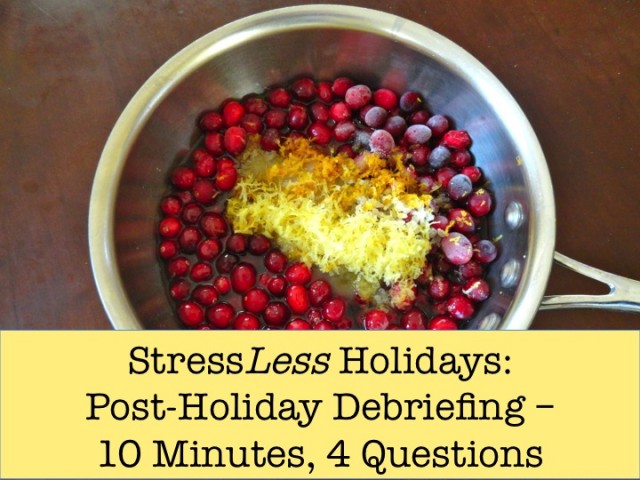
 Follow
Follow



